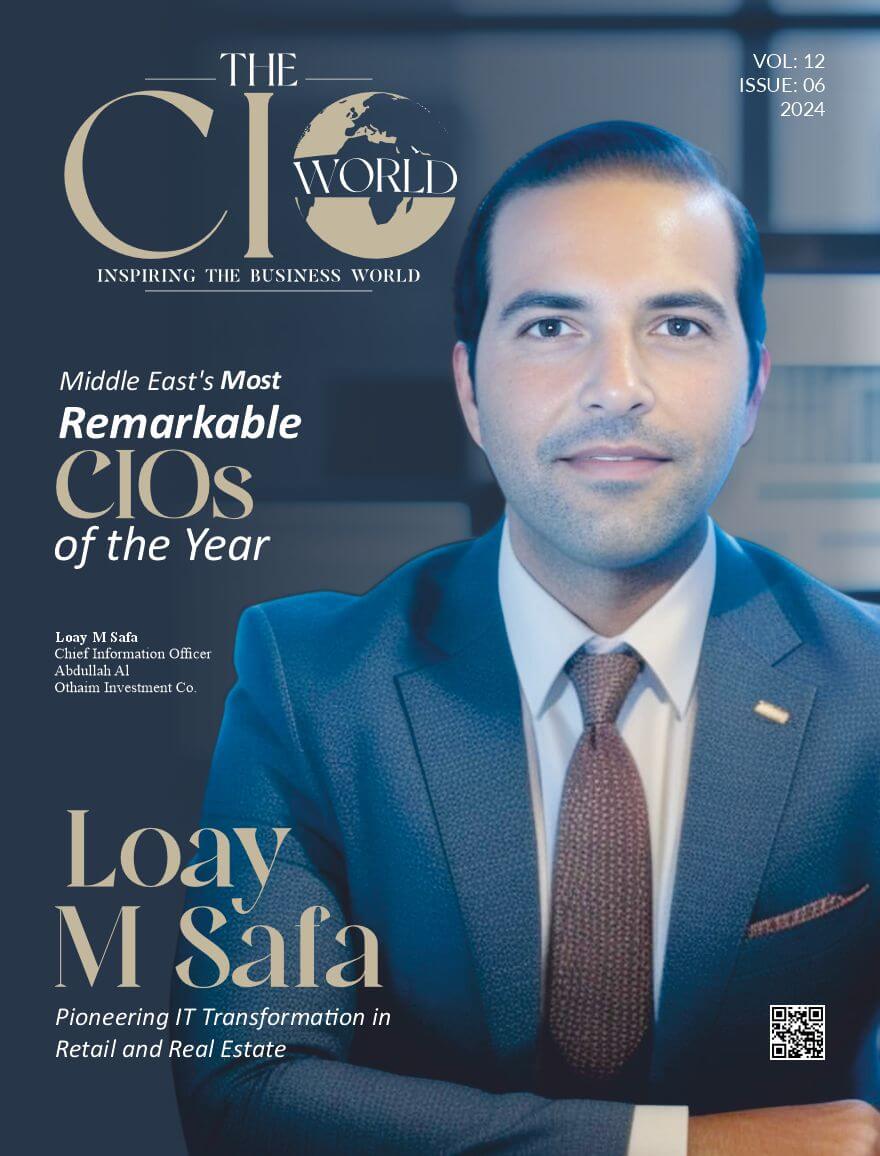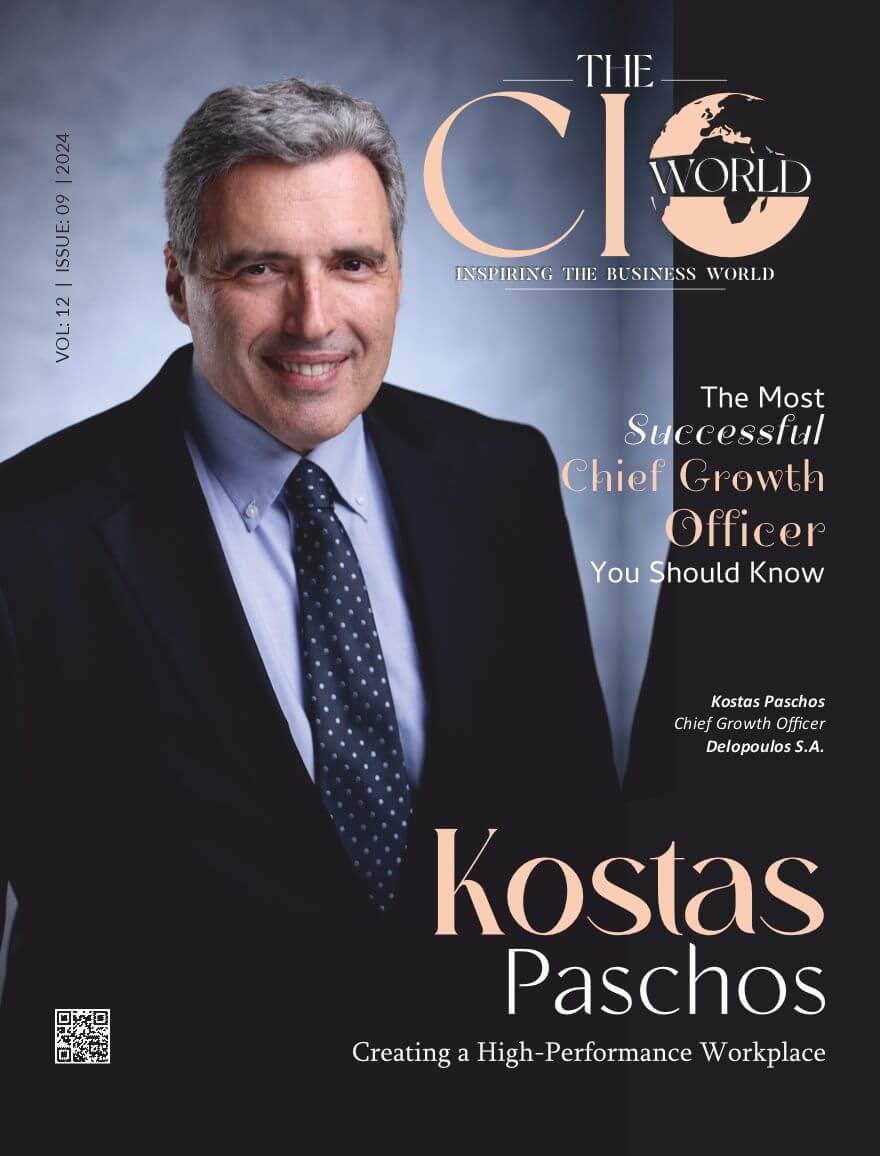With increasing burnout and the need for work-life balance, the four-day workweek is becoming the great solution revolutionizing business. Who is at the heart of this newfound change? It’s Dale Whelehan, CEO of 4 Day Week Global. Five-day workweeks are so “last century,” and the advantages are endless-not just for employees but also for employers, he says.
Already, the idea is catching on, particularly in Australia, Europe, and even Japan, where a national campaign launched last August goaded businesses into embracing the four-day week. While the U.S. has been a little more skeptical, change could be just around the corner. A 2024 KPMG poll discovered that nearly one-third of U.S. CEOs have alternative work schedules – like a four-day week-under consideration.
Whelehan believes that the work model of today, based on pre-industrial physical labor, no longer fits the needs of the brain and the emotions. “Why shouldn’t companies consider a four-day week?” he asks. “Burnout, recruitment issues, rising stress levels, and even the climate crisis are all signals that something fundamentally different is needed.”
Scientifically, historically, the transition from the arduous seven-day agrarian labor to the five-day week was supported through research on the correlation of fatigue and performance. However, as Whelehan said, although long hours for physical work can be more feasible, there is a call for more rests in mental work. In the present knowledge-based workforce, challenges exist that cannot be squeezed into the typical 40-hour week, and this kind of disconnection results in many mental and health-related ailments like cardiovascular disease, diabetes, and cancer linked to the types of stressors connected to their working lives.
The more time one spends resting is the more time he goes to work with full attention.” He uses the 100-80-100 model as the guiding principle; workers receive 100% pay for 80% of the time, still producing 100% output. The goal is not the hours spent but rather the outcomes that propel the businesses forward.
The four-day week also addresses the gender imbalances within the workplace. Part-time workers, who are mainly women, typically enjoy lower wages than the equivalent hours of work that the full-time worker produces. As Whelehan points out, if the switch to a four-day workweek comes about, then household and parenting responsibilities will be more equally divided and broken the cycle by which women reduce hours and men take on higher-paid, more stressful jobs to compensate.
Finally, Whelehan finally argues for a four-day week as the progressive solution that makes workdays link with current needs; in reality, that supports making a healthier, more balanced and productive workforce.







